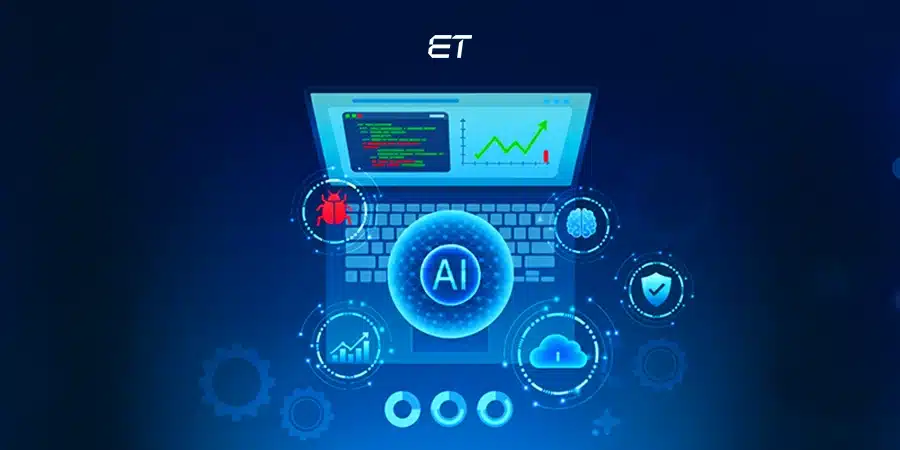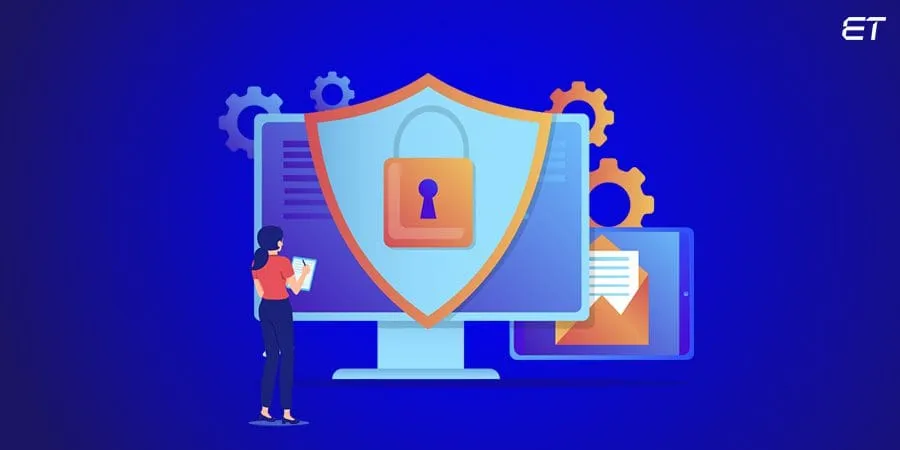
Compliance in Software Development: What CTOs Need to Know
- Compliance in software development implies following the rules that apply to your digital product.
- Taking care of compliance showcases your seriousness towards data security.
- The main types of software compliances are GDPR, PCI DSS, HIPAA, SOC 2, and ISO/IEC 27001.
- You need to follow secure coding practices, design for data privacy, and apply RBAC for maintaining high compliance standards.
- Don’t treat compliance as a one-time event and always train your team for the best development results.
Most software teams don’t think about compliance until it’s a necessity. A security scare, a client audit, or a letter from legal; that’s usually when the scramble begins. But by then, it’s already a problem. Compliance in software development isn’t just about ticking boxes for regulators. It’s about building trustworthy systems.
It’s essential to build trust in your customers and auditors. In today’s climate of data breaches, privacy lawsuits, and global regulations, trust is an invaluable currency.
This guide strips compliance down to what matters. No legal jargon. No scare tactics. Just a clear look at the standards, policies, and checklists that every CTO should have on their radar.
Want expert guidance on software compliance? Our POC is one click away!
What is Compliance in Software Development?

Let’s keep it simple.
Compliance in software development means making sure your software follows the laws, regulations, and industry standards that apply to it. These rules can originate from governments (such as GDPR), industries (like PCI DSS), or internal policies.
If your software handles sensitive data (personal, financial, or healthcare-related), you’re on the hook for protecting it. Compliance isn’t just about avoiding fines. It tells your users, your partners, and your investors: “We take this seriously.”
In practice, compliance touches almost every layer of software development:
- Code security
- Data handling and storage
- User consent
- Third-party integrations
- Audit trails and documentation
You don’t need to memorize every law. However, as a CTO, you need to know which ones matter, why they exist, and how to build a team that treats compliance as an integral part of the architecture.
Key Software Compliance Standards You Should Know
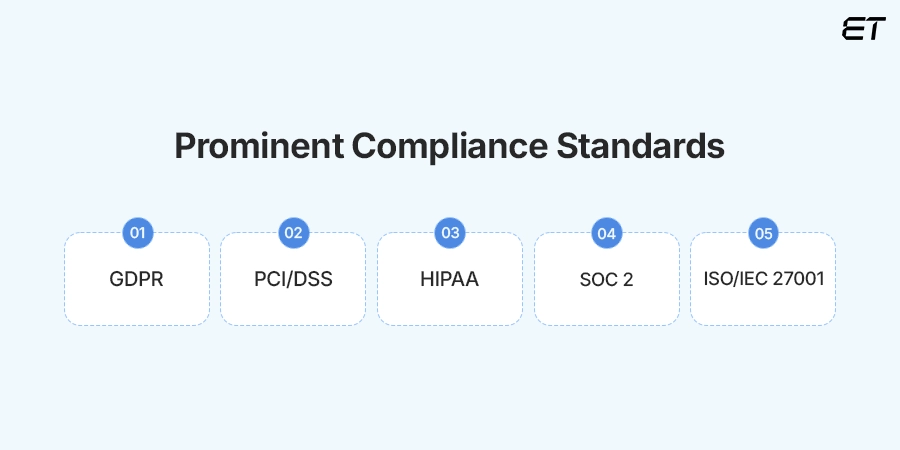
Here are the software compliance standards that you either need to meet or will get asked about eventually.
1. GDPR: General Data Protection Regulation
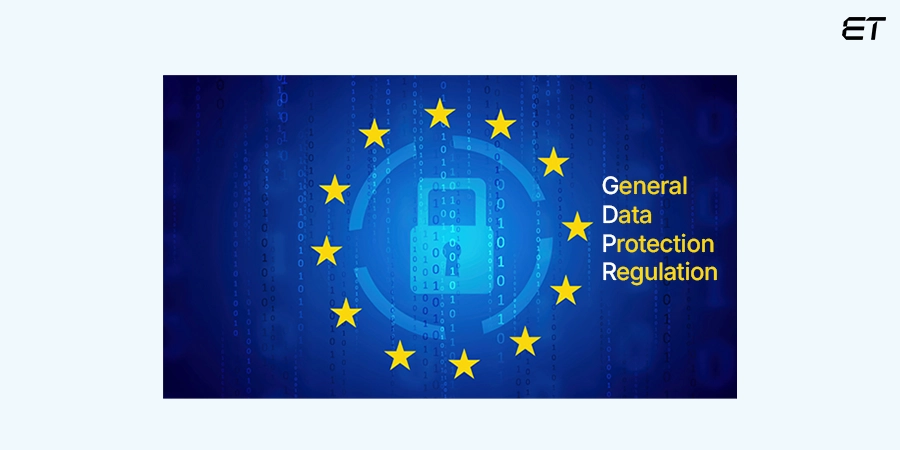
The General Data Protection Regulation (GDPR) is Europe’s data privacy law. It applies to any business handling the personal data of EU citizens (whether you’re in Berlin or Boston). And yes, it still applies even if you’re just analyzing site traffic from the EU.
What it means for your development team:
- Consent isn’t optional.
- Data must be deletable. If a user requests to be ‘forgotten,’ your systems must delete the information.
- You need a paper trail.
Why it matters:
GDPR fines can reach EUR 10 million or 2% of annual turnover (whichever is higher).
2. PCI DSS: Payment Card Industry Data Security Standard
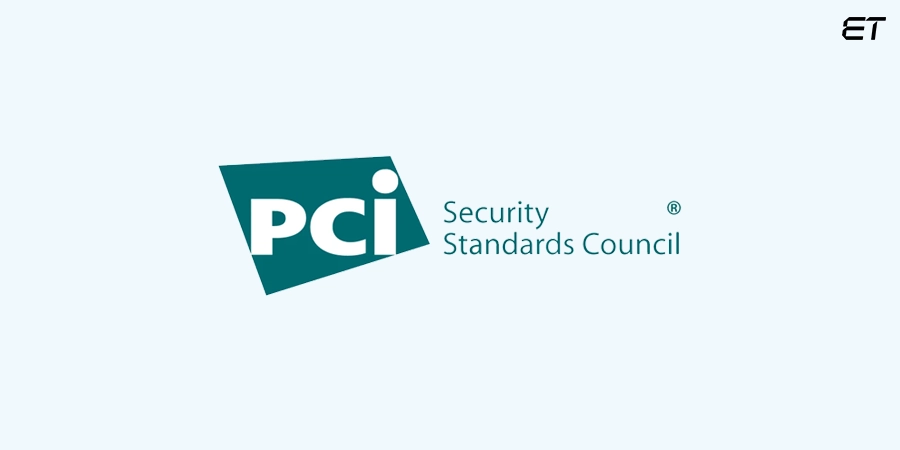
If your software processes credit or debit card transactions, you should comply with the PCI DSS, a global standard established by Visa, MasterCard, and other organizations.
You don’t have to be a bank. If you store, process, or transmit cardholder data, PCI applies.
What it means for your development team:
- Encrypt cardholder data in transit and at rest.
- Tokenize payment info so actual card numbers never touch your servers.
- Only essential personnel should handle payment systems.
Why this compliance in software development matters:
Non-compliance can result in being blacklisted by payment processors. Even worse? A breach that exposes customer payment information might destroy trust faster than any other glitch.
Looking for an in-depth guide on PCI compliance?
3. HIPAA: Health Insurance Portability and Accountability Act

HIPAA compliance is mandatory if your app handles electronic Protected Health Information (ePHI). The details can be patient records, prescriptions, or insurance claims.
It applies to healthcare providers, insurers, and their software vendors.
What it means for your developers:
- Encrypt all ePHI (both at rest and in transit).
- Establish audit controls to monitor access and changes to patient data.
- Control access with strict authentication and role-based permissions.
Why this compliance in software development matters:
Violating HIPAA can result in fines of up to USD 250,000 and may lead to lawsuits. It can also hamper your reputation in the healthcare industry.
Here’s a detailed look at HIPAA compliant app development.
4. SOC 2: System and Organization Controls 2

SOC 2 isn’t a law, but enterprise clients in the US treat it like one. It’s an audit that demonstrates your systems are secure, reliable, and compliant with data privacy regulations.
There are five principles, but most companies start with Security. Here are the main pointers to consider:
- Use secure development practices.
- Implement real-time threat detection and monitoring.
- Set up clear incident response protocols.
Why this compliance in software development matters:
SOC 2 tells potential clients: “We know what we’re doing, and we can prove it.” It’s a trust badge that shortens your sales cycle.
5. ISO/IEC 27001: Information Security Management Systems Requirements
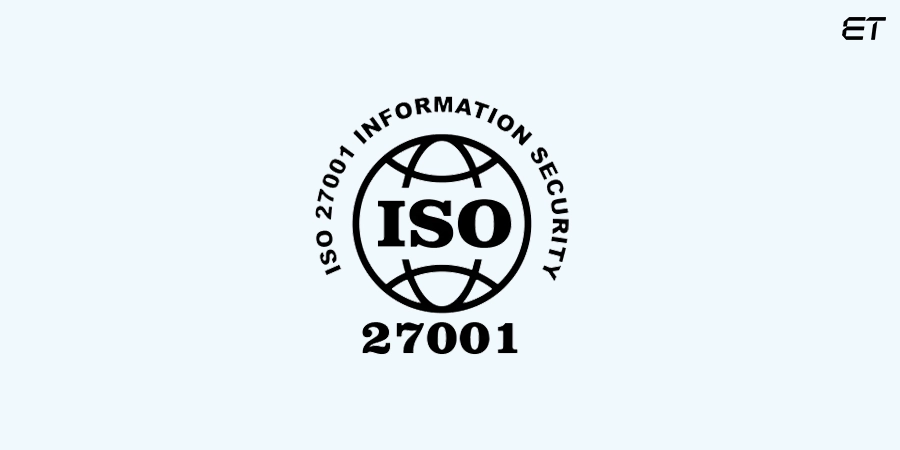
ISO 27001 is an international standard for managing information security risk. Unlike SOC 2, which focuses on your controls, ISO outlines how to establish an Information Security Management System (ISMS).
What it means for your development team:
- Identify and assess risks across the entire organization.
- Define a security policy and update it regularly to ensure ongoing protection.
- Document everything (audits, incidents, resolutions).
This compliance in software development matters because:
If you plan to scale globally or sell to security-conscious clients, ISO certification is a must. It’s an essential part of RFP requirements across industries.
Key Aspects of Compliance in Software Development
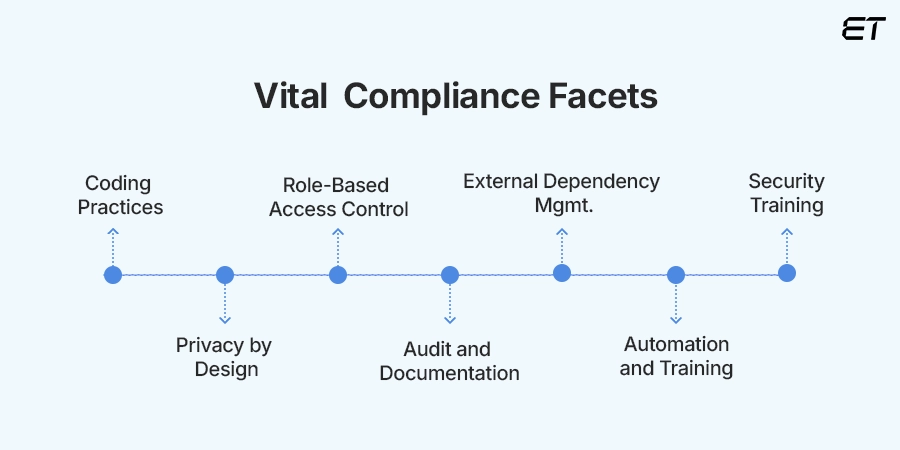
Compliance doesn’t happen in a vacuum. It’s not just a document your legal team signs off on. It’s a set of habits built into your code, your team, and your entire development lifecycle.
If you’re a CTO trying to build foolproof software, pay attention to these facets.
1. Secure Coding Practices
If compliance is the goal, secure code is the foundation. It doesn’t matter how airtight your policies are. If your codebase is full of vulnerabilities, everything else falls apart.
What this means in practice:
- Input validation: Sanitize every form, every field, every user-generated string. Assume bad actors are always trying.
- Avoid hardcoded secrets: Use secret managers, not configuration files.
- Patch dependencies regularly: Old libraries are the backdoor hackers need.
- Adopt coding standards: OWASP should be in your team’s bloodstream.
Remember, weak code is a compliance risk. A SQL injection can cost you more than a developer’s salary.
Need a list of the best front end security practices? Our team got you covered.
2. Data Privacy by Design
Privacy isn’t something you patch in later. If you want to stay compliant, you need to build privacy into the architecture from day one.
What this means in practice:
- Collect only what you need.
- Mask or anonymize sensitive data wherever possible.
- Use encryption everywhere.
- Design for user rights.
If your systems are leaky by design, no privacy policy can save you. Regulators look at architecture. So do enterprise clients.
3. Role-Based Access Control (RBAC)
Not everyone on your team needs access to everything. In fact, most shouldn’t. That’s the whole point of Role-Based Access Control. You give people only the access they need to do their job, and nothing more.
What does this compliance in software development practice mean?
- Define roles clearly.
- Default to denying access unless explicitly needed.
- Audit permissions regularly.
- Log all access attempts.
RBAC helps prevent internal mistakes and accidental leaks. More importantly, most software compliance standards (from SOC 2 to HIPAA) require it.
4. Audit Trails and Documentation
You can build the most secure, privacy-compliant system in the world. But you need audit trails and documentation to convince the regulators.
This compliance in software development aspect includes the following actions:
- Log critical actions: Who accessed what data, when, and from where?
- Track code changes: Version control is your forensic backup.
- Keep compliance docs up to date: Version security policies, data handling procedures, and incident response plans.
- Enable traceability: From feature requests to software deployment, make sure you can connect the dots.
When auditors show up (and they will), they’re looking for evidence. Logs and documentation are your receipts. Without them, your entire system looks incomplete.
What is code audit and how it’s beneficial for you? Read all that matters today.
5. Third-Party Dependency Management
Your code isn’t just your code. It’s a patchwork of third-party libraries, SDKs, APIs, and cloud services. Every external dependency you bring in is a potential compliance risk.
So, here’s what you can do:
- Before adding a library, ask: Is it maintained? Is it secure? Is it necessary?
- Some open-source licenses (like GPL) can create legal headaches if you’re not careful. Keep a note of them.
- Use tools to flag outdated or vulnerable packages.
- Keep a record of what’s in your stack and who signed off on it.
Remember, any security incident starts with a compromised open-source library. If that happens, auditors ask why you didn’t catch it.
6. Automated Compliance Testing
Manual checks are fine. But the bigger your system, the more you need to automate compliance checks. Otherwise, critical issues can slip through the cracks.
This means:
-
- Integrate compliance into CI/CD: Run security scans, code audits, and policy checks every time you push.
- Use static and dynamic analysis tools: Catch vulnerabilities before and after code runs.
- Automate alerting: Flag violations or risk patterns in real time.
-
- Simulate attacks: Tools like penetration testing frameworks or red team scripts can uncover gaps before real attackers do.
Compliance in software development isn’t a once-a-year event. It’s a continuous process. Remember, proper automation keeps you audit-ready.
7. Ongoing Training and Awareness
You can have clean code and strict access controls. But if your team doesn’t understand why any of it matters, it all falls apart.
Most breaches happen when someone clicks the wrong link, reuses a password, or exposes data they didn’t realize was sensitive.
So, ensure you do the following activities:
- Run regular security training: Phishing simulations, secure coding workshops, and data handling best practices.
- Keep everyone in the loop: Developers, QA, product managers (if they use the product, they need to understand compliance).
- Create a culture of accountability: Make it normal to ask, “Is this compliant?” before shipping.
Get this: Even the best tools can’t fix careless habits. Training is your first and last line of defense.
Software Industry Policies and Internal Governance
Regulations like GDPR and HIPAA get all the attention, but what about the rules you create for your team? That’s where software industry policies and internal governance come into play.
Defining Software Development Policies
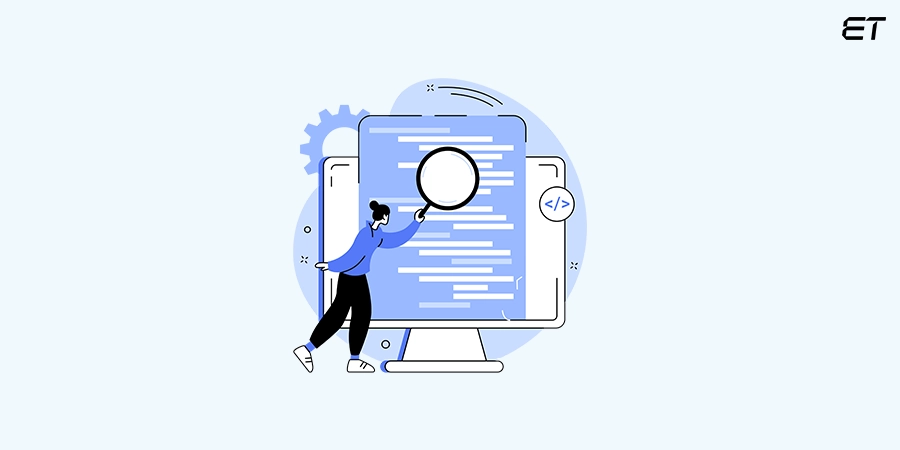
These are internal rules that guide how your team writes code, handles data, manages infrastructure, and responds to threats. External regulations inspire some, while others are driven by sheer necessity. Either way, they set the standard for behavior before regulators ever get involved.
Must-Have Compliance Policies for Software Development
Secure Development Policy
Sets expectations around code reviews, dependency usage, and threat modeling.
Data Retention & Disposal Policy
Defines how long you store user data, where it lives, and how it’s destroyed when no longer needed.
Incident Response Policy
Outlines what your team does when something breaks.
Vendor Risk Management Policy
Governs how you evaluate, onboard, and monitor third-party services and tools.
Access Control Policy
Pairs with RBAC to formalize who gets access to what, when, and why.
Legal Compliance in Software Development
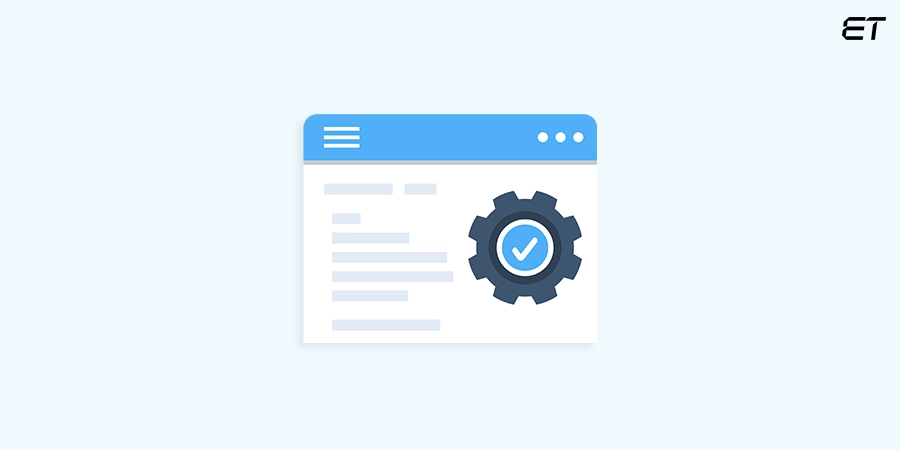
Let’s get one thing straight: compliance isn’t just a tech issue. It’s a legal obligation. And if you’re a CTO, you don’t get to say, “That’s a legal problem.” Not anymore.
Legal compliance in software development means making sure your systems, your processes, and your contracts don’t land your company in a courtroom. For this purpose, you need to pay attention to the facets in the following table.
| Legal Area | Compliance Concern | What It Means for Your Software Team |
| User Data Handling | GDPR, CCPA, and other privacy laws mandate user consent, data access, and deletion | Build opt-ins, data export/delete features, and consent logging into your product |
| Cross-Border Data Transfers | Laws like GDPR restrict where personal data can be stored and processed | Know your data residency. Use compliant cloud regions and clarify storage locations |
| Breach Notification Laws | Vary by country/state. They require reporting within 72 hours | Build incident response workflows and keep logs to trace breaches fast |
| Software Licensing | Some open-source licenses (like GPL) have legal requirements for redistribution | Vet licenses before use; track dependencies to avoid legal exposure |
| Client Contracts and SLAs | Enterprise contracts include clauses on uptime, liability, and breach protocol | Ensure your tech stack can meet those promises |
Common Compliance Mistakes (and How to Avoid Them)

Compliance doesn’t fail because people are lazy. It fails because people assume. They assume their data handling is probably fine. That legal will take care of it, so that their cloud provider is secure enough.
Below are the most common traps even innovative teams fall into.
Mistake #1: Treating Compliance as a One-Time Event
Why it happens: Teams rush to get compliant before a big deal, then move on.
Fix: Build compliance into your development lifecycle. Set up regular audits, automate security tests, and update policies as your product evolves.
Mistake #2: Assuming GDPR Doesn’t Apply
Why it happens: “We’re based in the US, so EU laws don’t apply, right?”
Fix: If EU users can access your product, even just your landing page with cookies, GDPR likely applies. Implement consent management, data rights handling, and clear privacy policies to ensure transparency and compliance with relevant regulations.
Mistake #3: Ignoring Compliance in Third-Party Tools
Why it happens: You trust your vendors more than you should.
Fix: Vet every tool, API, and platform you use. Review their compliance status (e.g., SOC 2, ISO 27001) and understand how they handle data.
Mistake #4: No Data Deletion Mechanism
Why it happens: You focus on collecting data, not deleting it.
Fix it: Build systems that honor deletion requests. This facet isn’t optional under laws like GDPR and CCPA.
Mistake #5: Treating Compliance like a Legal-Only Issue
Why it happens: “The legal team will figure it out.”
Fix: You need to translate legal requirements into product architecture, workflows, and development practices.
Mistake #6: Failing to Train the Team
Why it happens: You assume people will ‘just know better.’
Fix: Train everyone. Engineers, QA, product, support. They need to know the compliance implications of their work.
Compliance in Software Development: Your Go-To Checklist
No filler. No theory. Just what you, as a CTO, should be able to check off with confidence.
✅ Data Privacy & Protection
- We collect only the data we need
- User consent is properly obtained and logged
- Users can request data access, export, or deletion
- All personal data is encrypted in transit and at rest
- We’ve documented a GDPR compliance checklist for software development
✅ Security Controls
- Secure coding practices are enforced (OWASP, code reviews)
- Role-based access controls (RBAC) are in place
- Infrastructure and APIs are regularly scanned for vulnerabilities
- Automated testing flags compliance/security risks in CI/CD
✅ Legal & Regulatory
- We understand which laws apply: GDPR, PCI DSS, HIPAA, etc.
- Cross-border data transfers are properly managed
- Licensing of third-party dependencies is tracked and vetted
- Legal and engineering collaborate on compliance implementation
✅ Operational Policies
- We have an Incident Response Policy and a disaster recovery plan
- Data retention and disposal policies are enforced
- Vendor risk is reviewed and documented
- Audit trails are in place for all critical systems
✅ Team & Culture
- Employees receive regular compliance and security training
- Compliance is baked into onboarding and development workflows
- Engineers understand the ‘why’ behind compliance
- No one assumes someone else is handling it
Review this checklist quarterly. If you can’t tick all these boxes, compliance is a liability waiting to happen.
Final Thoughts
Compliance in software development isn’t just about staying out of trouble. It’s about building software that people and businesses can trust. For CTOs like you, this practice is no longer optional.
Regulations are getting tighter. Customers are getting smarter. And enterprise buyers won’t schedule a demo until you prove your product is compliant.
But here’s the upside: teams that treat compliance as a core discipline move faster and close bigger deals. All in all, compliance forces clarity in your systems, discipline in your team, and trust in your product.
At eLuminous Technologies, we build software with compliance at its core. So, if you’re looking to scale with confidence, we’re just one click away!
20+ years, 940+ clients, and a knack of developing foolproof compliant software. Talk to us for a new fruitful partnership.
Frequently Asked Questions
1. What happens if my software isn’t compliant?
You risk more than fines. You could face lawsuits, contract cancellations, and severe damage to your brand. For enterprise clients, non-compliance is often a deal-breaker.
2. Do startups need to worry about compliance?
Yes. If you handle sensitive data or plan to scale, compliance is crucial. Investors and enterprise partners will ask about compliance early.
3. What’s the difference between security and compliance?
Security protects your systems from threats. Compliance proves to others that you’re doing it responsibly and legally. You can be secure and still non-compliant, and vice versa.





